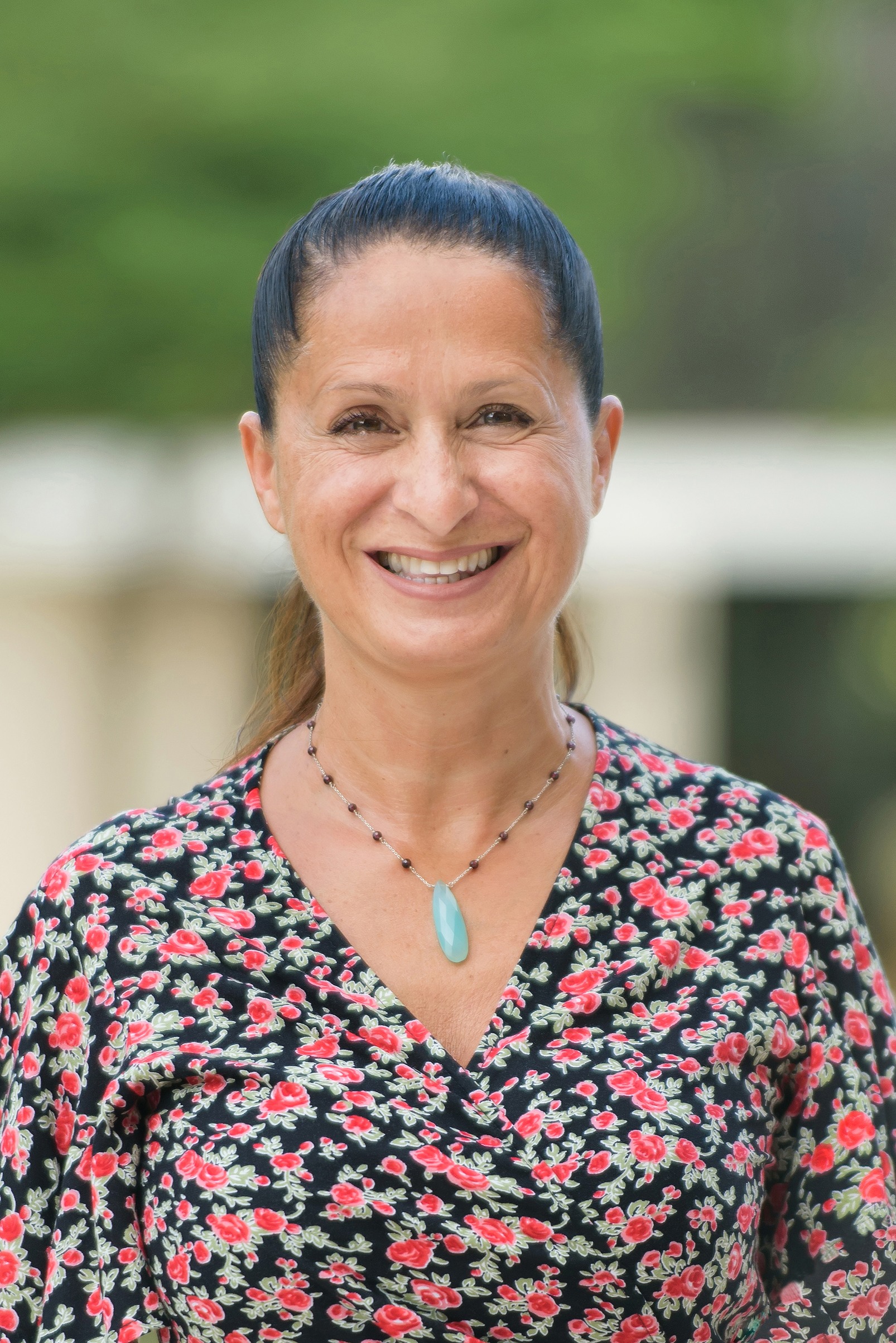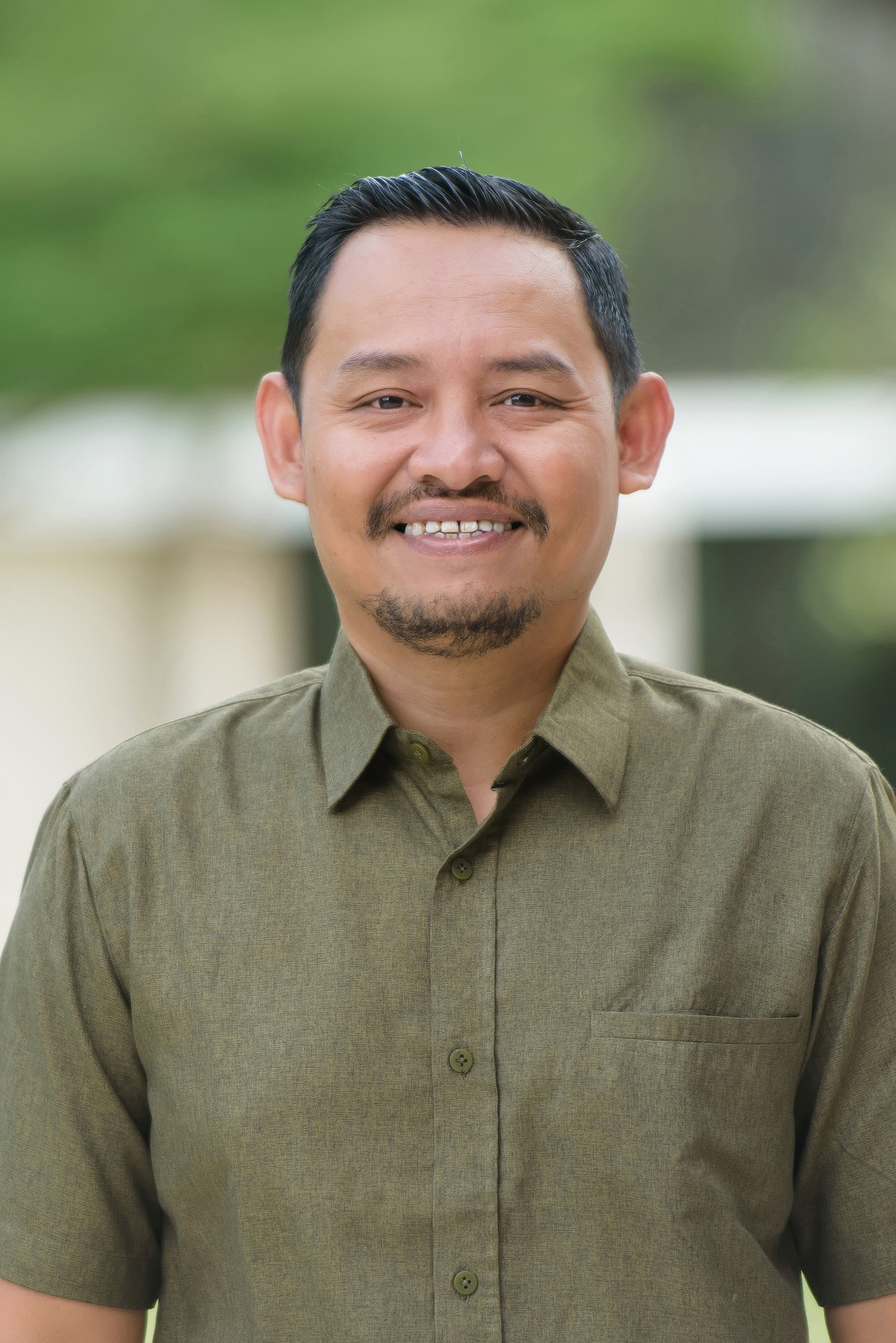As many of you may be aware, Montessori School Bali had an Adolescent Program for students ages 12-15, before COVID struck Bali. We are contemplating the possibility of bringing an Adolescent Program back to MSB. This takes a lot of time, thought, planning and preparation to be executed at a very high level of quality, which is the only reason we would entertain the notion.
This Banner article examines what an Adolescent Program is, and how it is advantageous to students at this age. As you read about Montessori for students ages 12-15, consider your own interest for your MSB student.
“My vision of the future is no longer of people taking exams and proceeding on that certification from the secondary school to the university, but of individuals from one stage of independence to a higher, by means of their own activity, through their own effort of will, which constitutes the inner evolution of the individual.”
– Dr. Maria Montessori
Montessori is perhaps best known for its educational offerings for children aged three to six. Programs for infants, toddlers, and elementary-aged children are also fairly popular and easy to find in many areas, but programs for adolescents remain relatively scarce.
Many Montessori families approaching the final years of elementary find themselves asking, “What’s next?” While Montessori-educated children have overwhelmingly positive transitions when they graduate to other conventional schools, it’s only natural to wonder how we might extend the experience for our children a bit longer.
What did Dr. Montessori envision for adolescents, and what options are available for them today?
Montessori’s work centered on the developmental needs of children at the various ages. In the adolescent phase, students’ needs change drastically from those of the elementary child. The Adolescent Program addresses the 12–15-year-old:
1. Physically
Adolescents experience a period of tremendous physical and neurological growth. An adolescent program guides and supports students in going out into the community to engage in service learning. Service is taught as a way to care for the school community and the world outside the school. Through service, students learn the value of hard work, are exposed to lives and cultures different from their own, and develop a sense of empathy. Powerful, successful service projects of their creation and implementation teach students that they have agency in the world—they can identify things that need to change, and help to make those changes. This is a skill that will serve them well as adults.
2. Emotionally
Adolescents experience self-awareness and self-criticism, emotional ups and downs, and egocentrism. Their bodies are changing and they begin to feel awkward and uncomfortable. They feel an increased desire for autonomy, along with a susceptibility to peer pressure. It is a time characterized by a tendency toward courage and creativity. Students can be seen, heard, and find their unique voices through learning compassion, empathy, and developing their emotional IQs.
3. Socially
Adolescents seek solidarity with peers while craving even greater independence from adults as they establish their own identity. They are concerned with human welfare and dignity, and may exhibit novelty-seeking and risk-taking behaviours as a response to a tendency to express courage and creativity. A community within the classroom allows opportunities to participate in classroom government and other leadership experiences. Another important aspect of the environment is that it should put the adolescents in close contact with nature in order to instill an appreciation and understanding of the responsibility of the planet on which we live and are a part of.

4. Cognitively
Students who are 12-15 are critical thinkers who persistently ask “why.” They are creative, and have the ability to reason and debate. Your adolescent may have an opportunity to start a business, complete with developing a business plan and securing funding, or work as an apprentice to an expert in a field she loves. The Montessori Secondary program also includes advanced courses in language arts, mathematics, sciences, and social studies that are academically challenging. Students take specialized courses including world languages, visual and performing arts, health and fitness, and participate in field studies. Students also learn responsible and ethical use of technology, with the majority of the school day spent in learning activities and practices that require peer-to-peer and student-teacher interaction.

When you have some time, listen to this fascinating interview with Paula Lillard Preschlack, a longtime Montessori teacher, author, and Montessori guru on the Adolescent Ages in Montessori:
Additionally, a link to an interview with adolescent-aged Montessori students, their parents and their teachers about their experiences: https://amshq.org/About-Montessori/Inside-the-Montessori-Classroom/Secondary#
Montessori programs for adolescents offer thoughtful environments and experienced teachers attuned to these needs, safeguarding the young learners’ well-being while preparing them for adulthood.
If you are the parent of an MSB student who is currently primary-aged (6-12) watch for a survey in the coming weeks about your interest in having your MSB student continue their schooling here from the ages of 12-15.


























